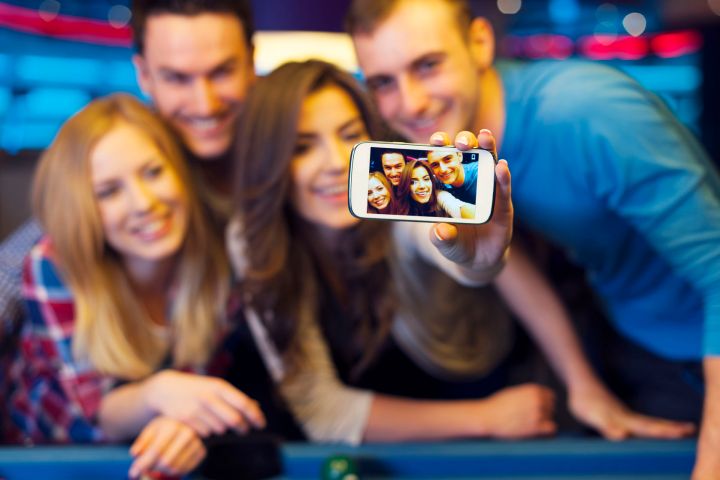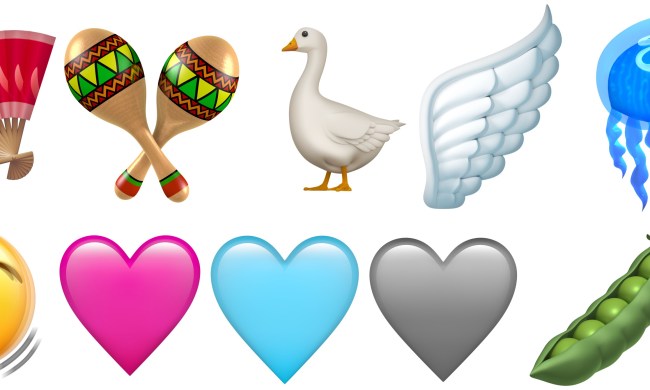
Thanks to a new tool from Google, you can apply the magic of machine learning to your face, generating a custom emoji sticker from a selfie. The feature can be found within Allo, Google’s machine learning-based app. And starting today, you’ll see a new option when you access the sticker collection — “Turn a selfie into stickers.”
It does exactly what it suggests. First, you take a photo of yourself and then let Google’s intelligent algorithms parse your face. Co. Design explains that this maps “each of your features to those in a kit illustrated by Lamar Abrams, a storyboard artist, writer, and designer for the critically acclaimed Cartoon Network series Steven Universe.”
You’ll never create the same face from your face twice, as Google notes that there are somewhere around 563 quadrillion combinations of eye, nose, and face shapes that could ultimately be pulled together to form your unique emoji.
Once the initial emoji has been created, you can make adjustments as you see fit, like changing your hair color or donning a different pair of glasses. Once that’s complete, Google’s new feature creates 22 custom stickers of the “you” derived from your selfie.
Really, it’s an exercise in self-identity, Jason Cornwell, Google’s communication projects UX lead told Co.Design. “How do you make something that doesn’t just convey what you look like but how you want to project yourself?” he asked. “That’s an interesting problem. It gets to ML and computer vision but also human expression.”
Ultimately, Cornwell said, “The goal isn’t accuracy. It’s to let someone create something that feels like themselves, to themselves.”


